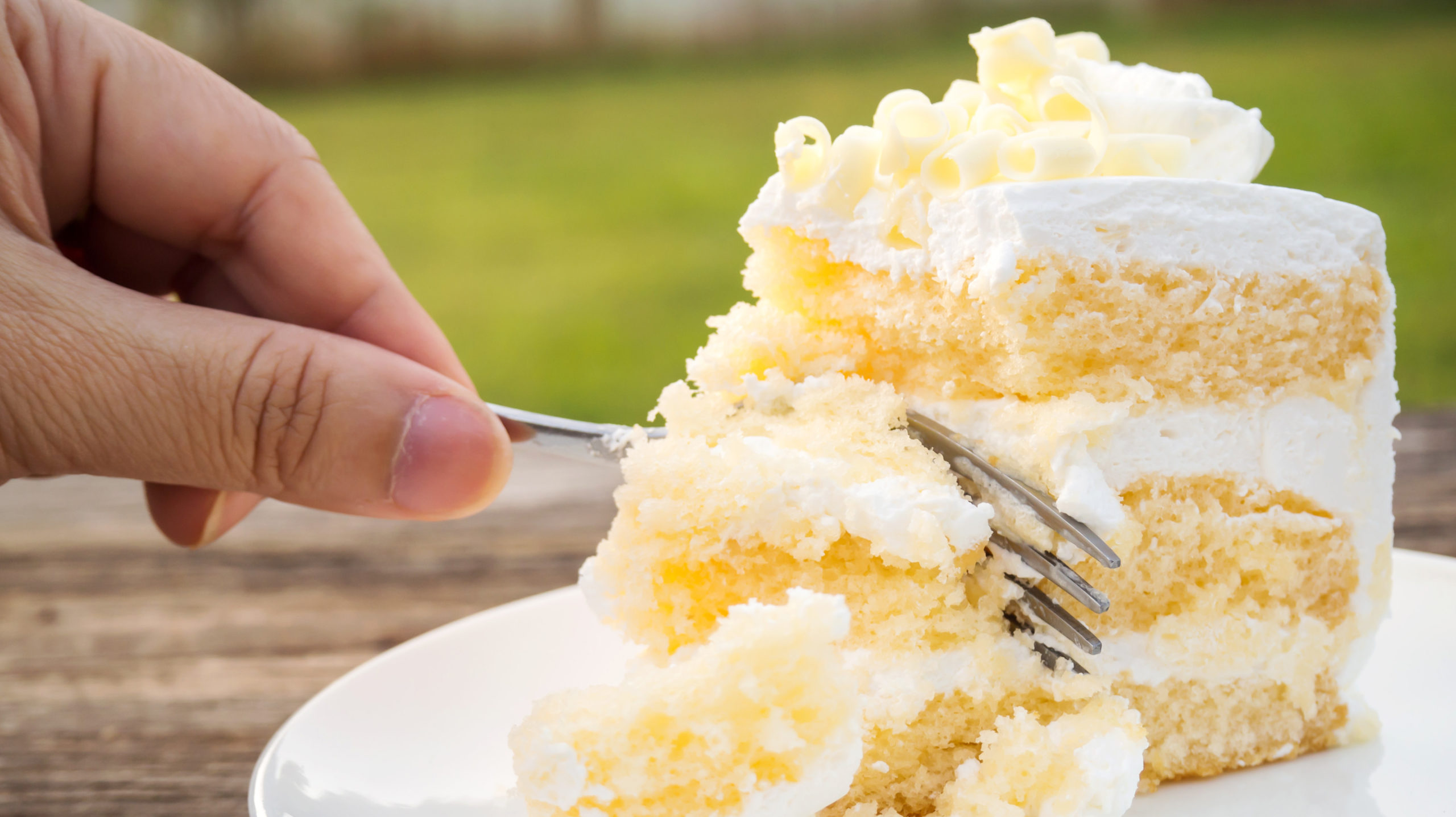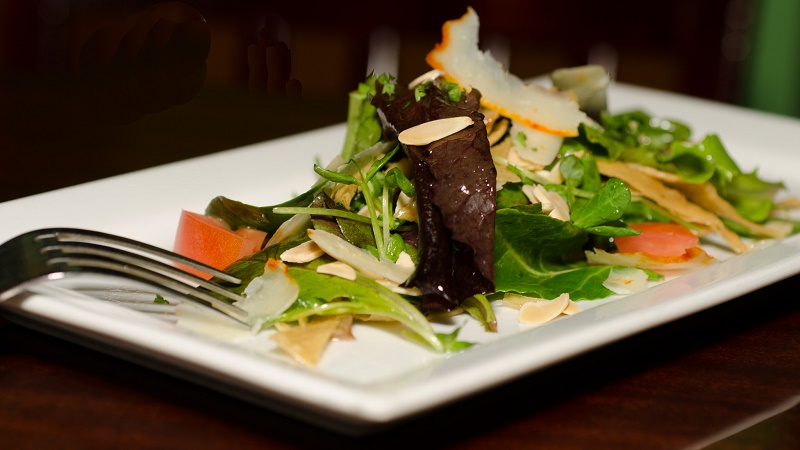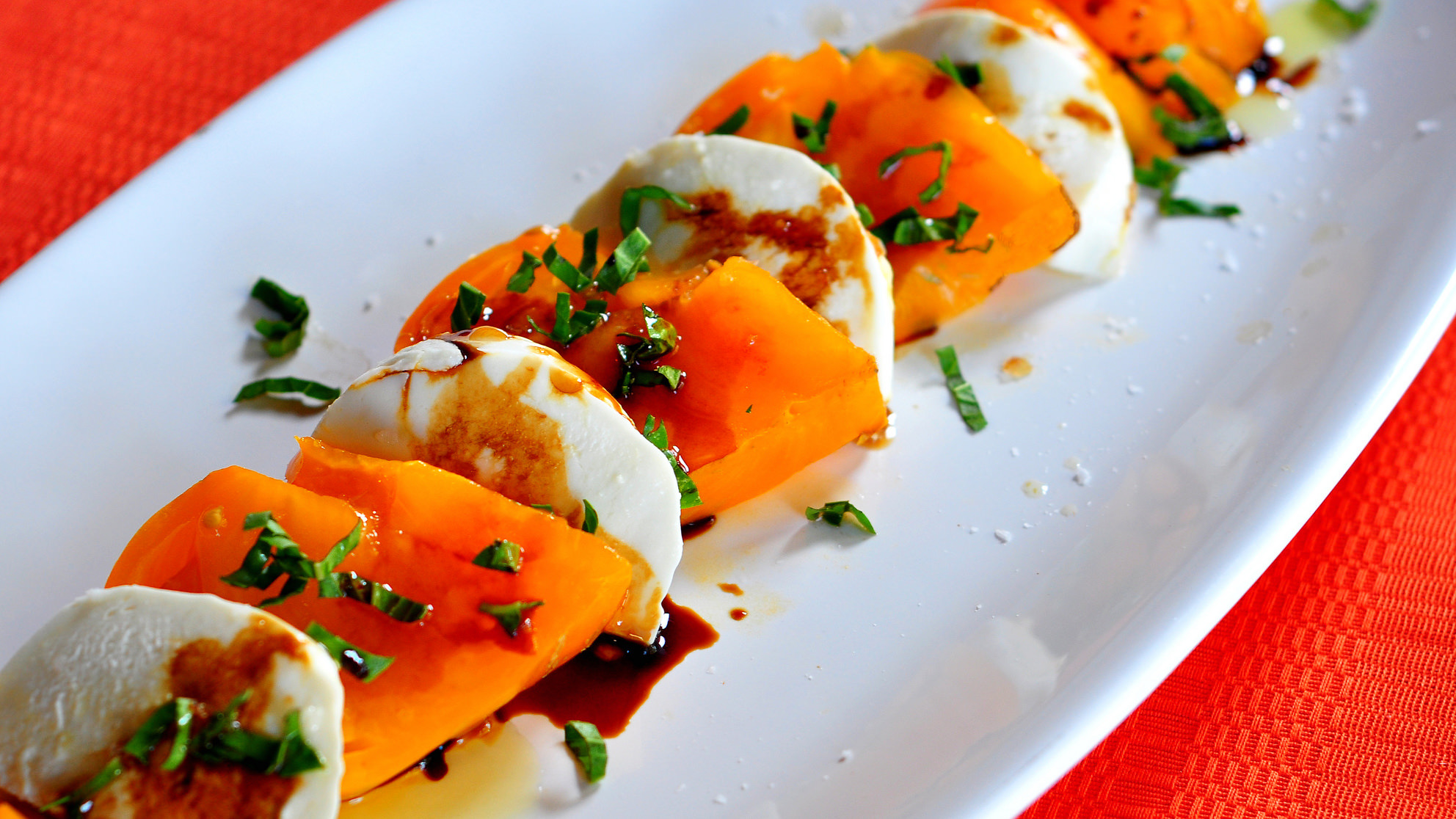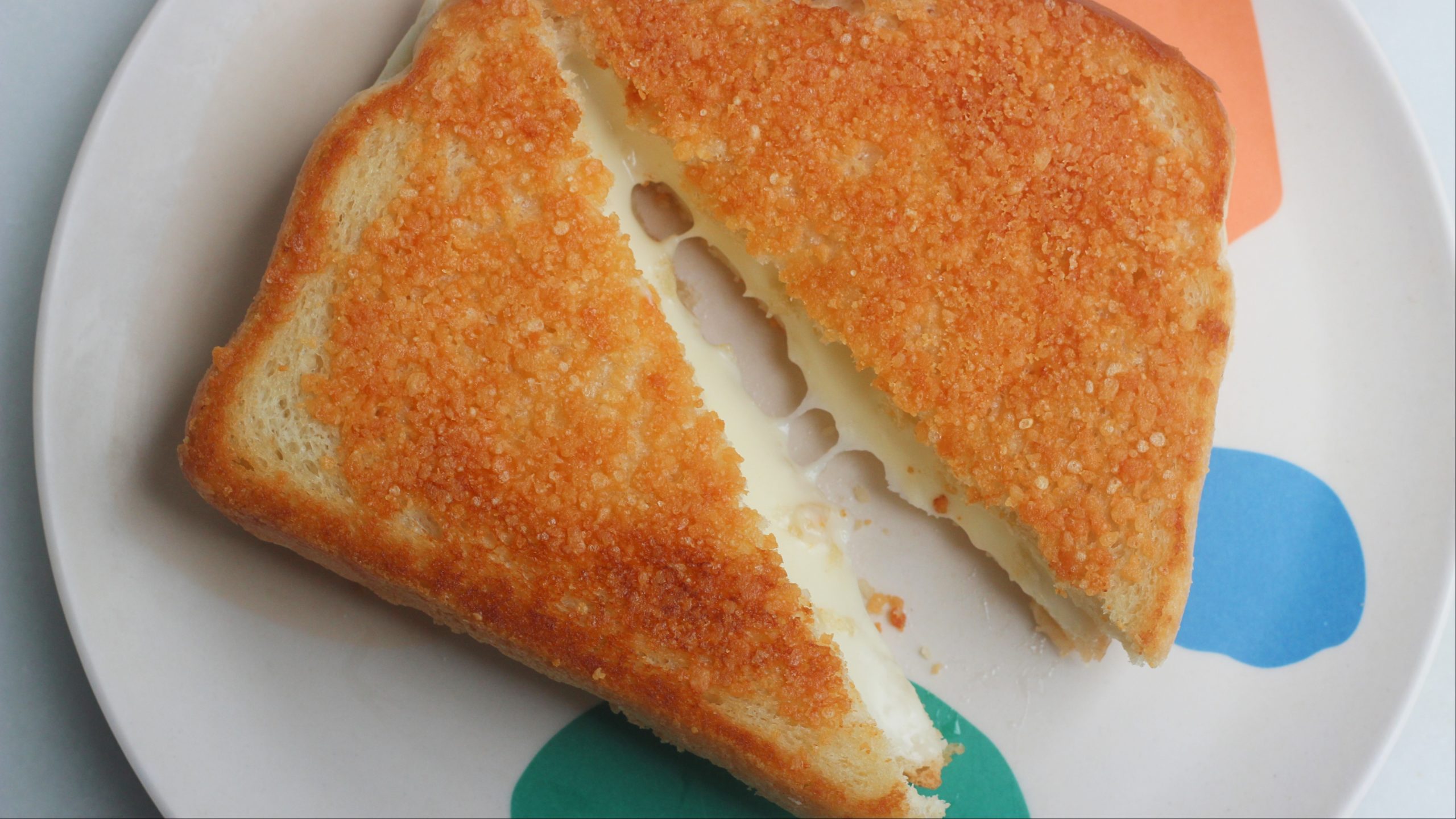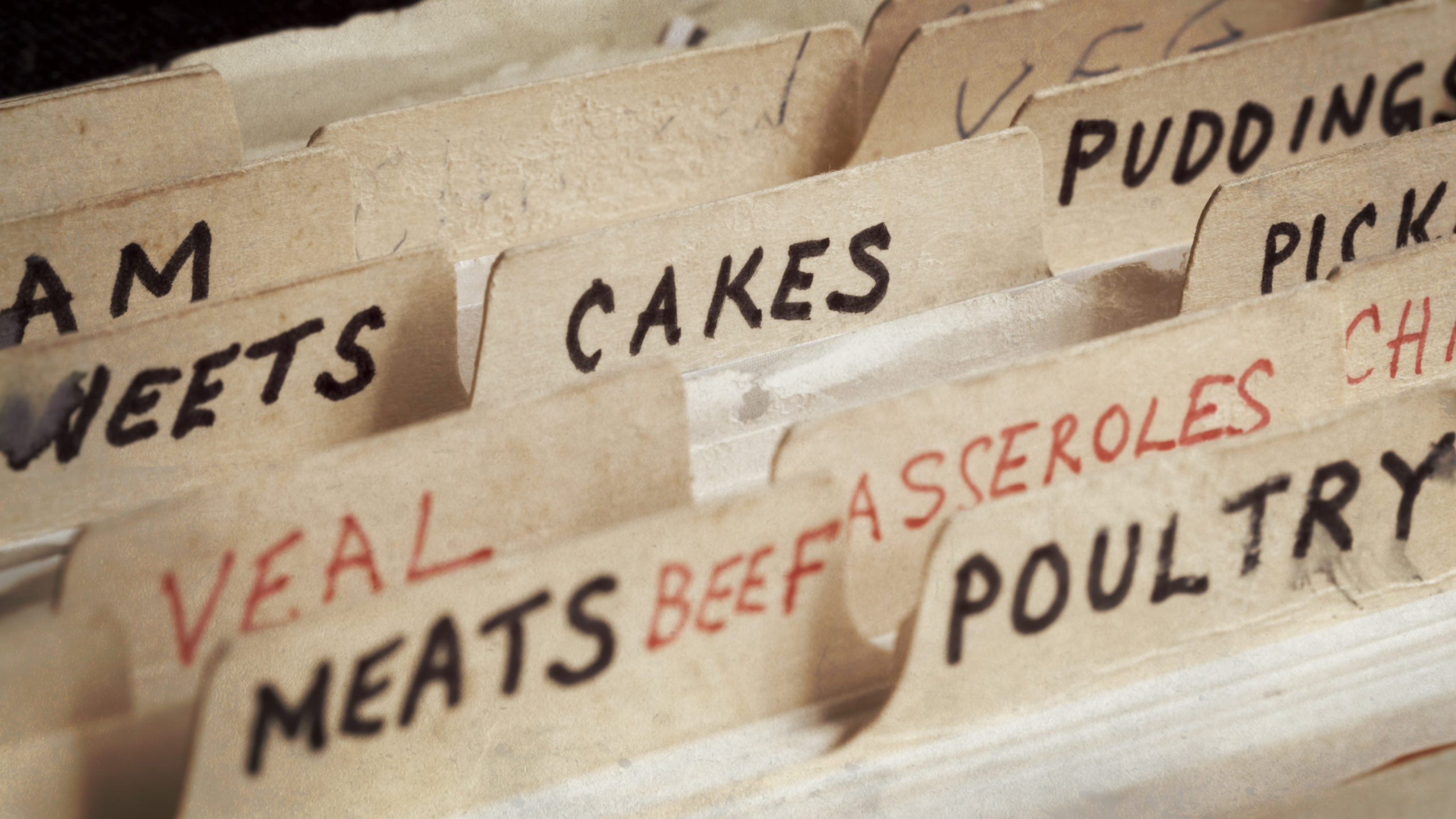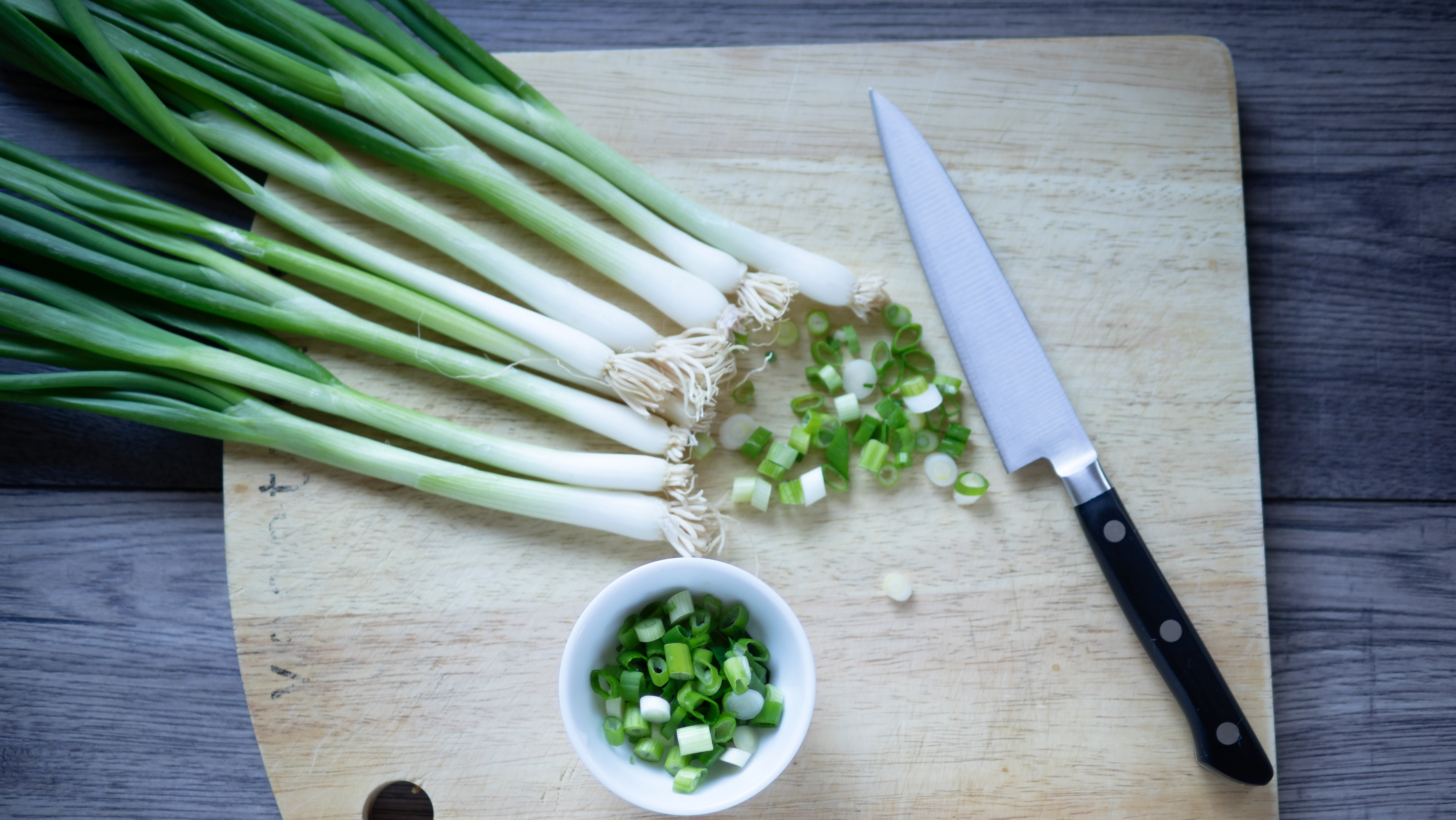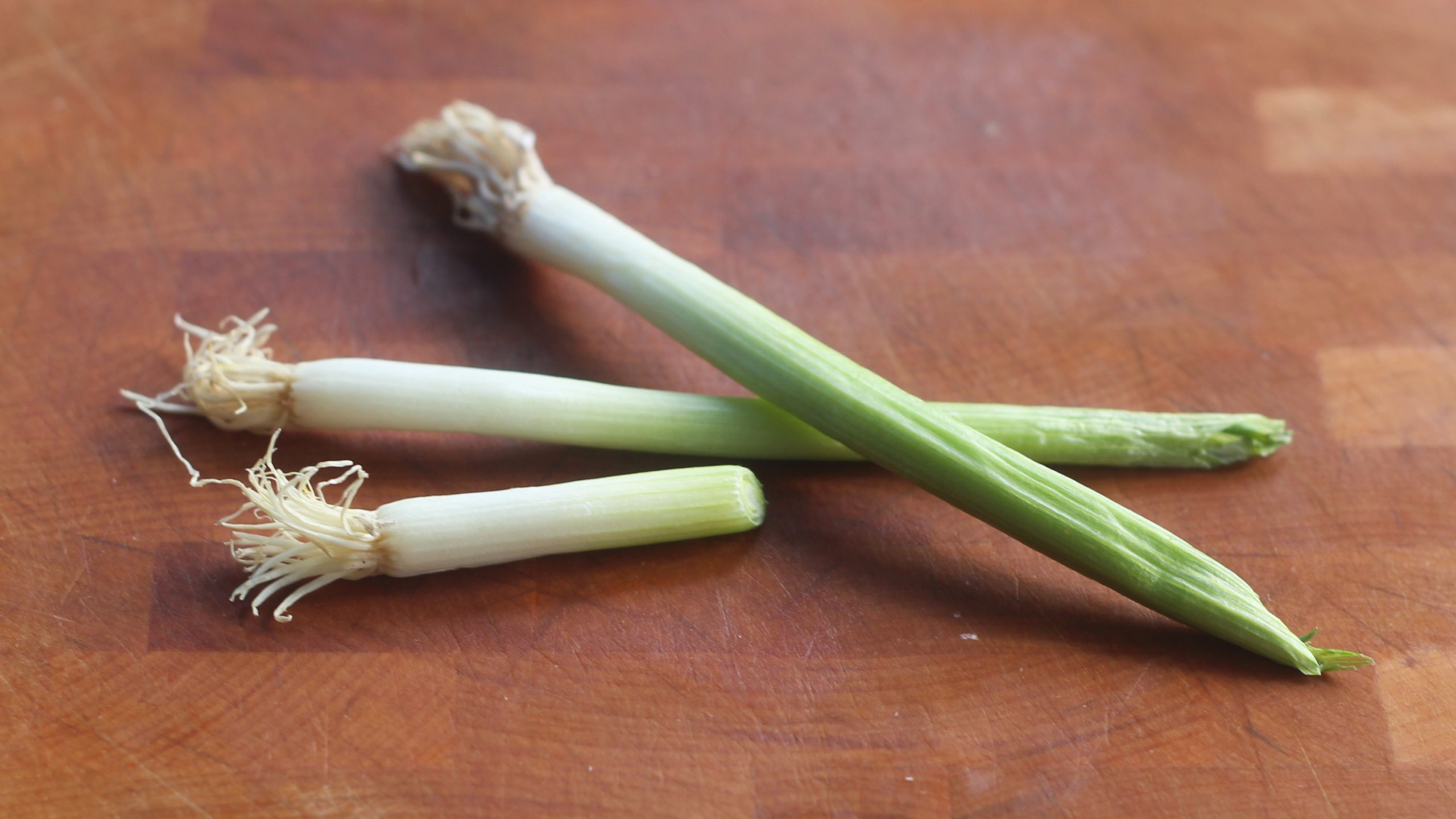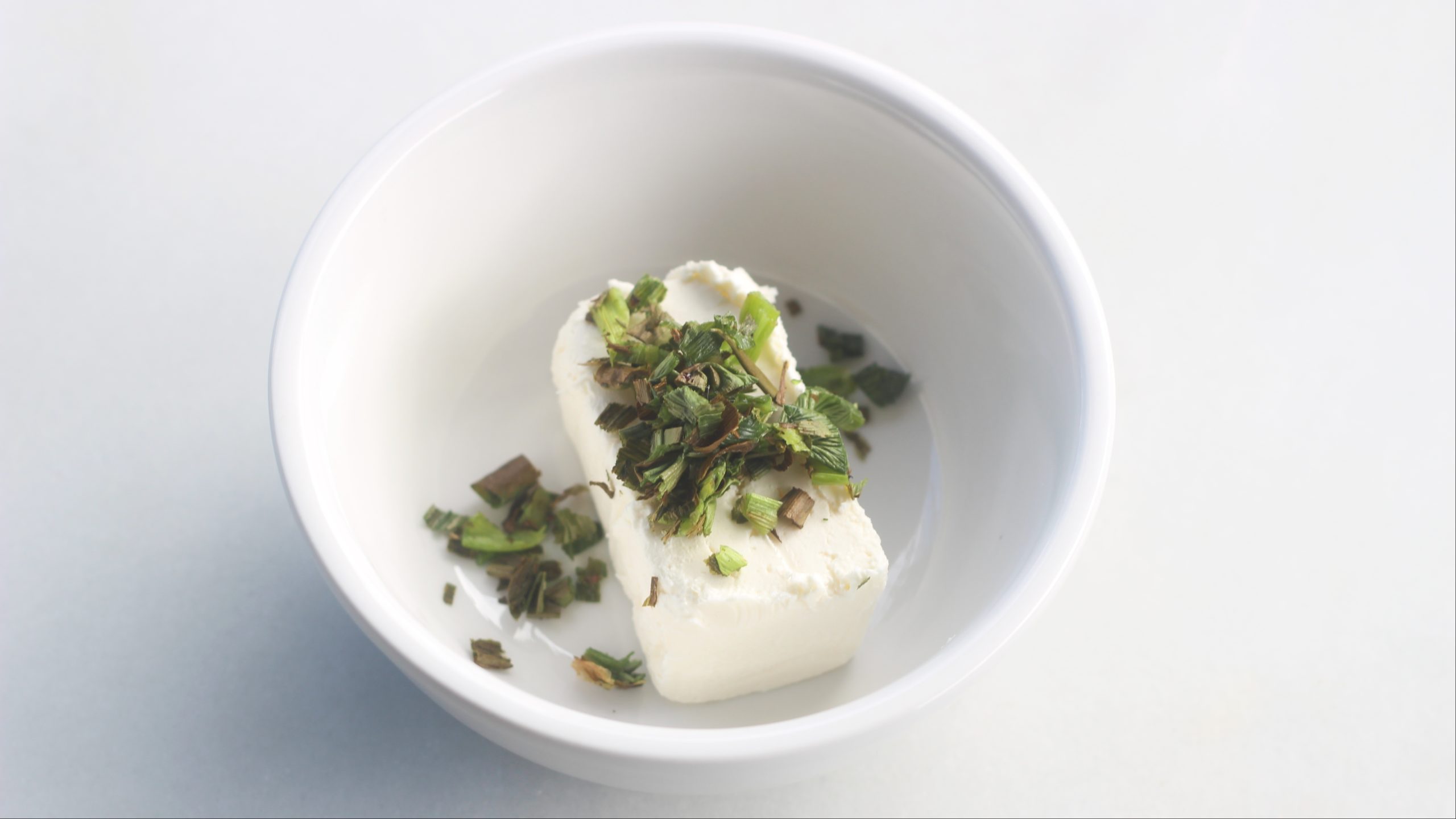-
chevron_right
Give Your Meat-Loving Valentine Some ‘Heartcuterie’
pubsub.dcentralisedmedia.com / LifehackerAustralia · Friday, 12 February, 2021 - 14:30 · 2 minutes
My first “serious” boyfriend did not like chocolate. But rather than explain that his choice of milkshake (strawberry) was a preference, he lied and told everyone (including me) that he was “allergic” to cocoa. When I found out the truth (only after we broke up), I felt a little betrayed — like I didn’t know him at all! And this was after he told me he was gay. (I’m happy to help anyone figure out their sexuality, but do not lie to me about your milkshakes!)
How to Find Ethical Chocolate (And Why You Should)
Ethical chocolate can be difficult to find. There are labels to look for, like “fair” or “direct trade,” but these only tell us so much, and the process for obtaining those marks can be expensive for chocolate-makers, not to mention that brands who are careful about where their cacao comes...
Read moreLoving someone means accepting their weird food preferences and idiosyncrasies. My current partner is a “ketchup guy,” if you can imagine, and I have accepted that there is no changing this. (I now buy him huge restaurant-sized pump bottles of Heinz , because they make him happy.) This is all to say that you don’t have to conform to societal norms when it comes to tokens of affection. Chocolate isn’t the only thing you can put in a heart-shaped box; you can fill one with meat just as easily.
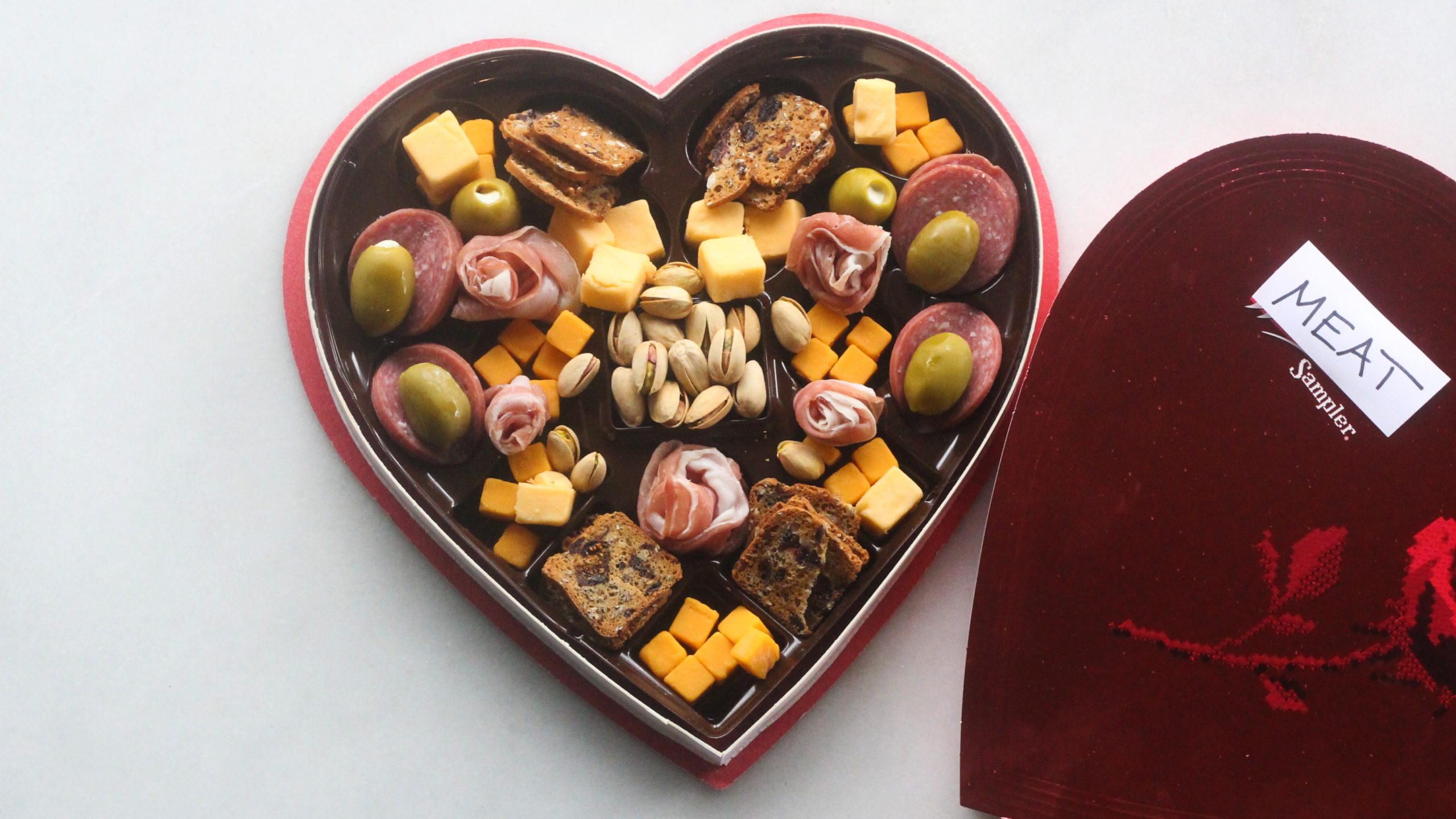
I must confess this is not a Claire Lower Original Thought. All of my paramours since that first have been fans of chocolate, but one year Beth Skwarecki, Lifehacker’s senior health editor, found herself with a valentine (husband) who was not a fan of filled chocolates (and was also on a keto diet). So she did what any reasonable person would do: She bought a box of chocolates, ate the chocolates herself, and filled the empty box with cheeses and meats.

This is a brilliant idea — which makes sense, because Beth is known for her brilliance. And unlike elaborate meat bouquets that require a good bit of meat styling, filling little divots with charcuterie (henceforth known as “heartcuterie”) is a project that can be executed by someone without significant fine motors skills. (I am hysterically unskilled as a sculptor, but even I was able to roll prosciutto into rose-like shapes.)
There really isn’t much to it: Buy some chocolate — preferably some you like — eat it (or save it to eat later), then dust out any errant chocolate bits from the divots and fill them with meat, cheeses, nuts, olives, and any other accouterment you think your sweetie would enjoy. (If you do use olives, pickles, or anything that comes packed in brine, make sure to blot them with paper towels first.) Edit any labelling on the box as needed — change “Whitman’s Sampler” to “MEAT Sampler” for example — then close the box and give the heartcuterie to your meat- and/or cheese-loving beloved. Make sure to use the word “heartcuterie.” Puns are very sexy.
The post Give Your Meat-Loving Valentine Some ‘Heartcuterie’ appeared first on Lifehacker Australia .

